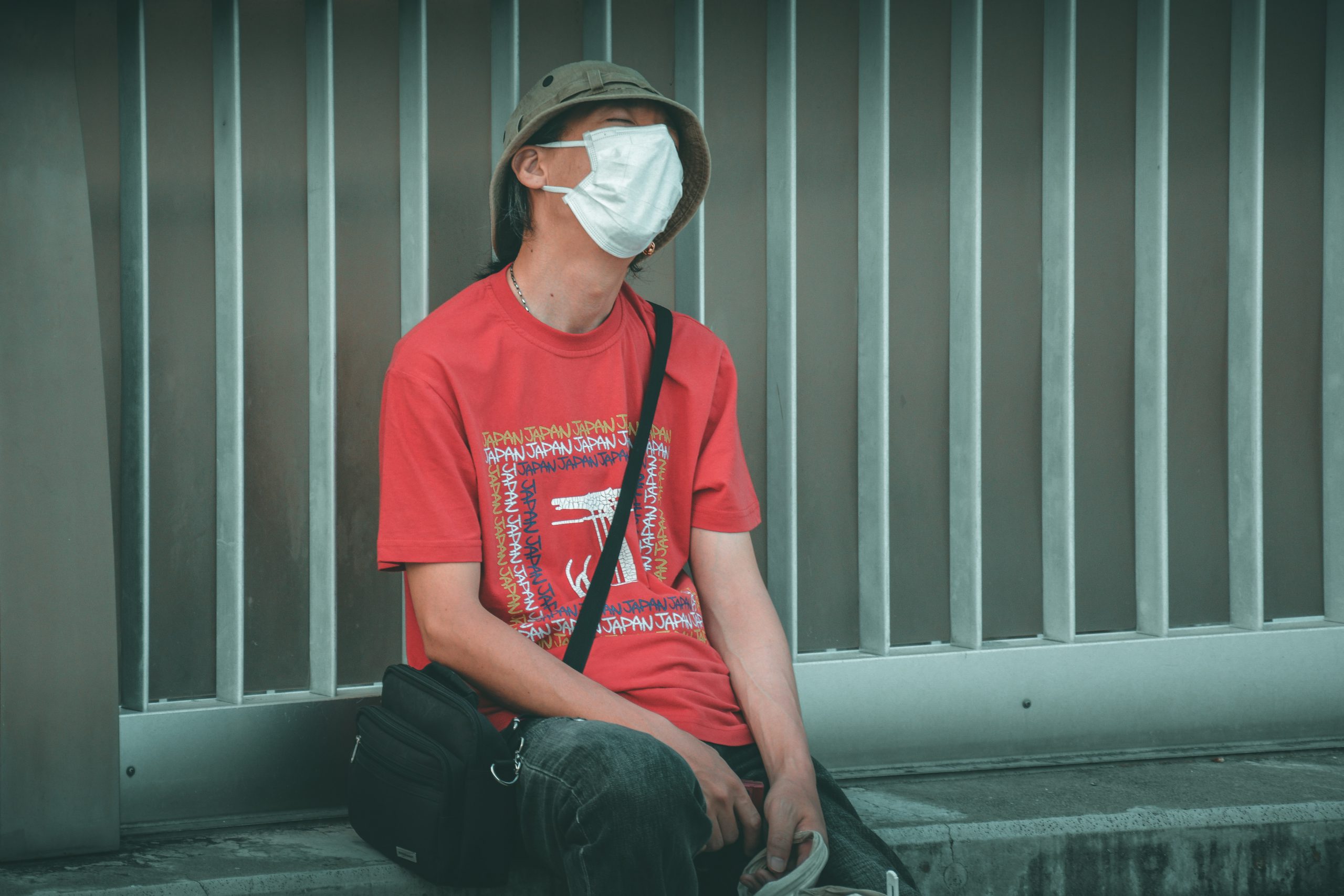In recent weeks, the fight against COVID-19 has become increasingly difficult as American healthcare continues to struggle with managing the rising number of cases, and researchers still yet to find a cure.
As cases continue to rise and a cure remains out of sight, it’s clear that healthcare providers must now race to manage the effects of the condition. While the past few months may have been the most challenging time that many Americans have experienced, a few developments have sought to turn the tides and set the country on the path to recovery.
From economic remedies to strictly-enforced lockdown procedures, many courses of action have allowed parts of the country to get ahead on fighting the virus. Recently, however, researchers have made significant development in their efforts to combat the virus by identifying and creating six specific COVID-19 symptom sets.
The lowdown on the latest symptom sets
According to the research results, medical researchers discovered that COVID-19 presents differently in various patients. The recent findings discovered that some are only limited to have mild symptoms or asymptomatic experiences, while others react to it in a way that requires hospitalization and intubation.
What makes the latest set of research findings so significant is that professionals in London were able to identify which COVID-19 symptom clusters posed more severity. These discoveries then allowed medical experts to create six different “symptom sets” that they can now use to assess any case.
The latest sets seek to assist physicians in circumventing the unpredictability of COVID-19 by providing a guide for faster assessments on whether or not a patient needs intensive care. Through the guide, a professional can determine how to best treat them by becoming more aware of how severe the outcome may be.
Each symptom set in further detail
By using the COVID Symptom Study App, many professionals were able to learn more about which symptoms linked to specific outcomes. These results, in turn, made it much easier to foresee what type of symptom trend a patient is set to experience from the first few days of observation alone.
Here are the six distinct symptom clusters that were discovered:
Symptom cluster #1: Flu-like with no fever – More often than not, this symptom cluster is present in patients who are on the safer side of the spectrum when it comes to dealing with the effects brought about by COVID-19. With this cluster, patients are expected to experience headaches, muscle pain, coughing, sore throats, chest pain, and a loss of smell, all without the presence of a fever.
Symptom cluster #2: Flu-like with fever – Although it may be slightly higher up the severity scale, patients experiencing this cluster are still far from facing fatality. In terms of symptoms, this cluster is similar to the one mentioned above, except that a fever is also added in the mix.
Symptom cluster #3: Gastrointestinal – As opposed to the two mentioned above that tend to provide a more flu-like experience, the gastrointestinal symptom cluster focuses more on a gastrointestinal-centered condition. When this cluster is identified, patients are expected to experience diarrhea, headaches, loss of smell, loss of appetite, sore throat, and chest pain, but without coughs.
Symptom cluster #4: Severe level 1 – On the more severe end, this cluster is linked to expected fatalities at a lower rate. When a patient is determined as one experiencing this cluster of symptoms, they’re expected to experience headaches, fatigue, loss of smell, cough, fever, hoarseness, and chest pain.
Symptom cluster #5: Severe level 2 – The main difference between this symptom cluster and the aforementioned set is that this has all the symptoms of the latter but with an additional sense of confusion. Once this set is determined, medical professionals are advised to take on more drastic measures to remedy the potential mortality.
Symptom cluster #6: Severe level 3 – Set at the highest point of the danger scale, this cluster has been associated with most fatalities caused by COVID-19, all of which required further intubation. When this cluster is identified, patients are slated to experience a shortness of breath, diarrhea, abdominal pain, fatigue, confusion, and other associated conditions.
Conclusion
Although physicians may have spent the longest time struggling to identify the pertinent conditions of COVID-19, researchers at the King’s College of London have managed to pose a hopeful development. Through the help of the symptom clusters, attending physicians can best categorize and determine how a particular case should be treated!
When it comes to news on the healthcare industry, we’ve got you covered with the most reliable updates and trending stories on the web. Subscribe to our newsletter today!


















